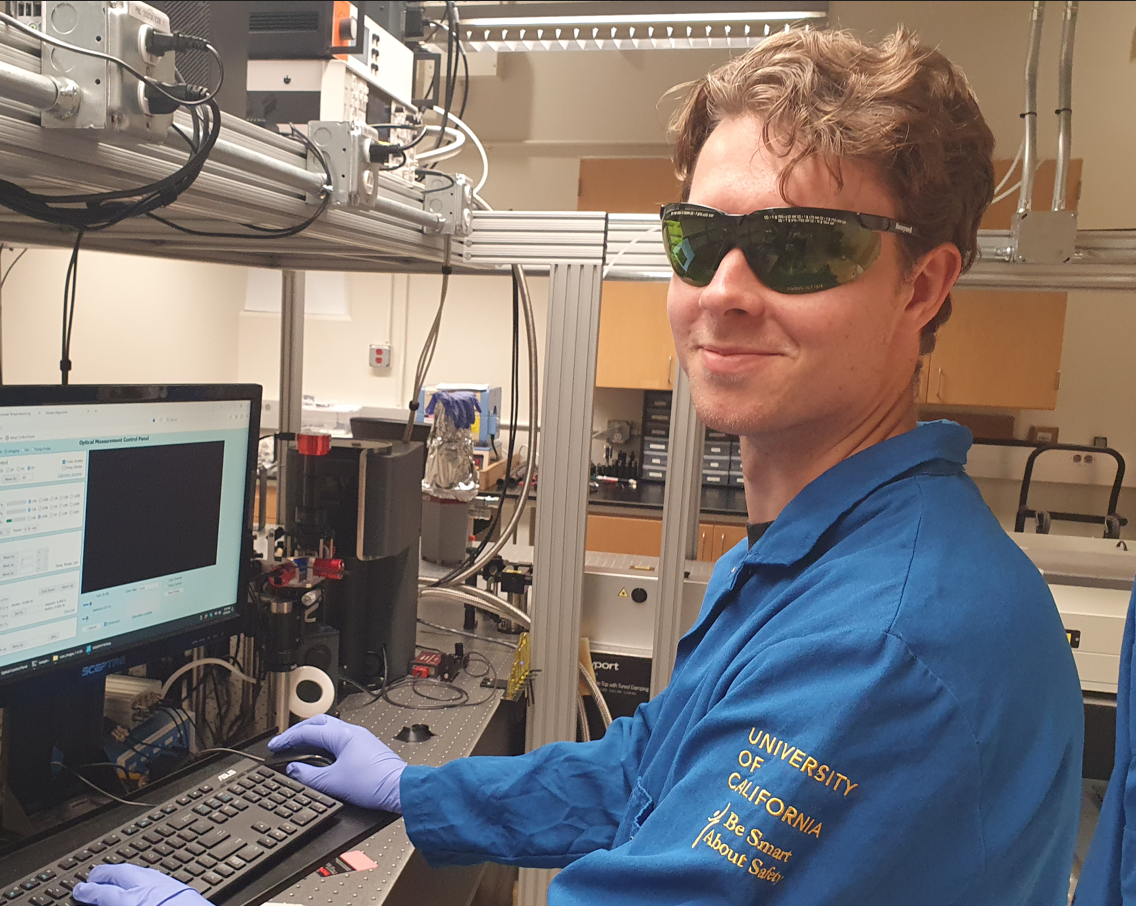
Magnetic topological insulators are a class of quantum materials of great interest in spintronic devices, quantum computing and fundamental physics, because of their exotic electromagnetic properties. Being able to experimentally observe how these properties change in low temperatures and couple to external fields is key to understanding the material’s behavior. Second harmonic generation (SHG) is a nonlinear wave interaction that we use as an optical microscopy technique. It enables high resolution measurements due to its sensitivity to electron interactions. It is achieved by illuminating a material with a laser, inducing higher order electric polar responses. SHG is the first nonlinear response, having twice the frequency of the incident light. The scope of this project is to analyze the proposed magnetic topological insulator, EuSn2As2, and how the intrinsic magnetic properties couple to an external magnetic field. EuSn2As2 has an antiferromagnetic phase below 22 K. Due to EuSn2As2 having inversion symmetry, dipole SHG is not allowed. This, along with a resonance in the electron band structure leads to electric quadrupole SHG being the leading term in the response. Because of the resonance, the signal is sensitive to magnetic fluctuations, which we have demonstrated in previous measurements. In those we showed the coupling between magnetic fluctuations to the SHG-signal across the transition to the antiferromagnetic phase of the material. Here we are able to map the antiferromagnetic domains and showcase the rotational symmetry breaking in the antiferromagnetic phase. By introducing a magnetic field through a permanent magnet we affect the magnetic moments on the surface. We manage to flip moments close to domain boundaries, while moments within the domain remain unaffected. In general, we display the coupling of the magnetic fluctuations to the electronic degrees of freedom, showcasing potential tuning abilities of the magnetic order.